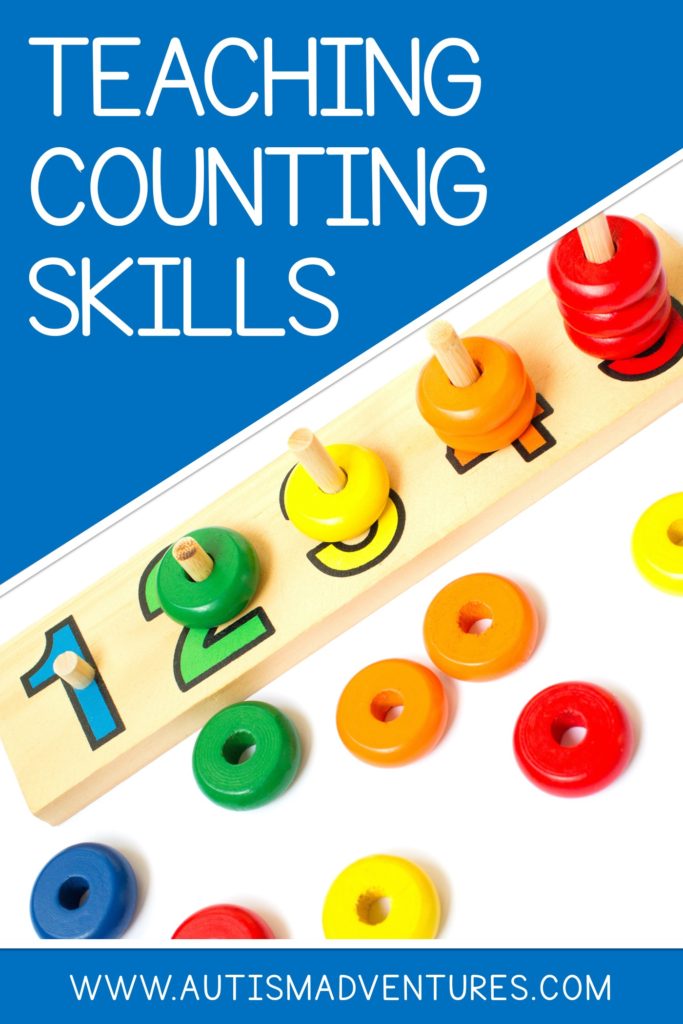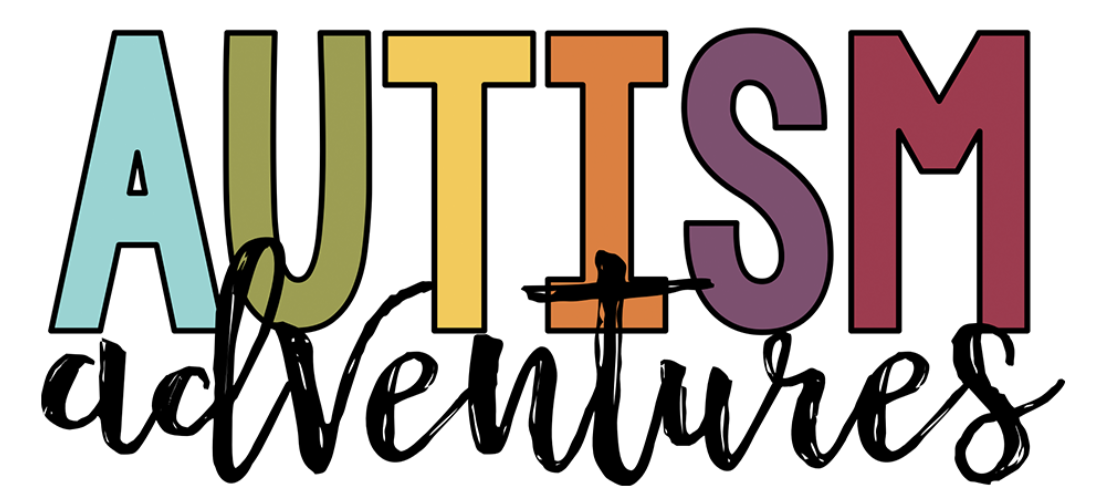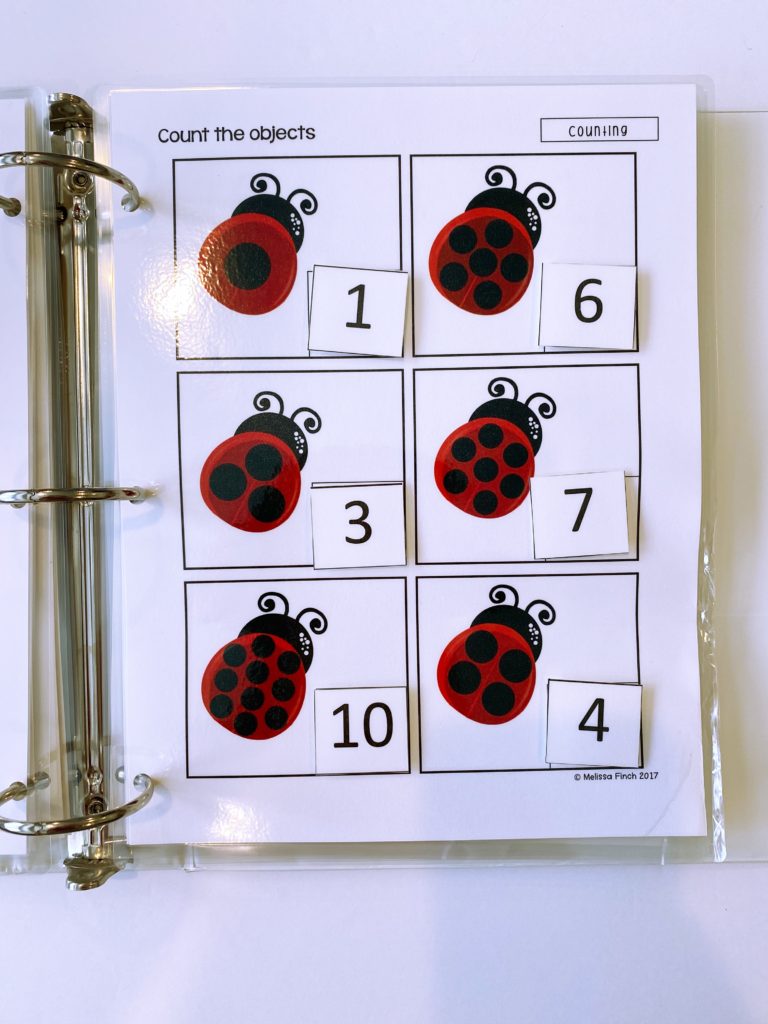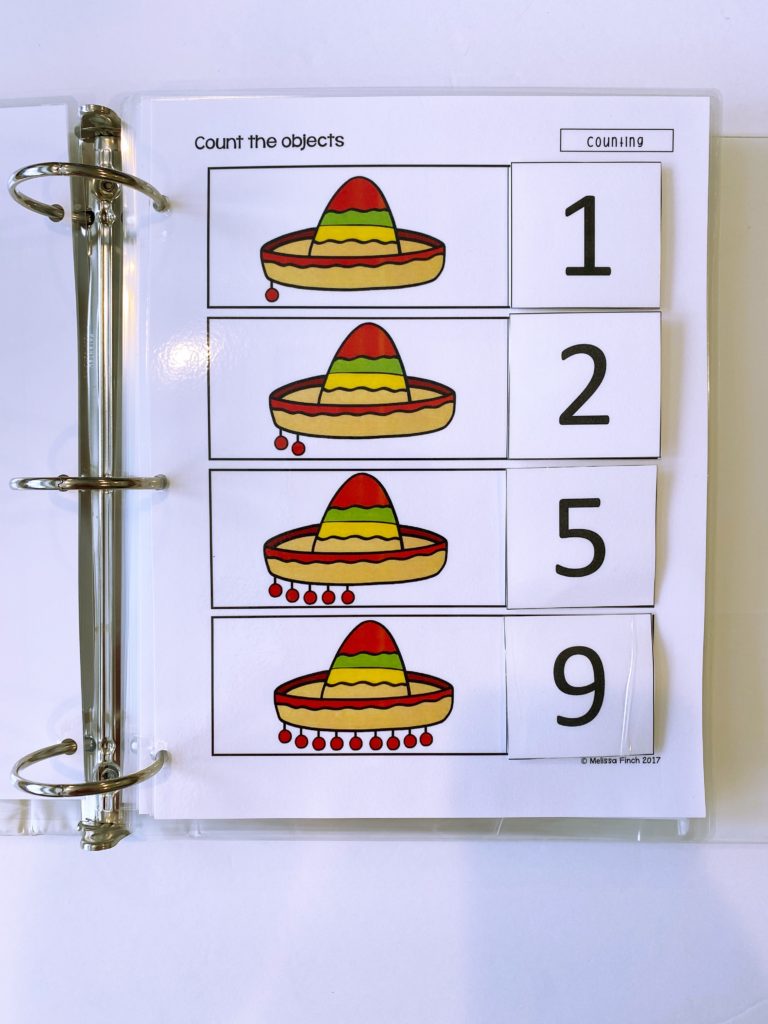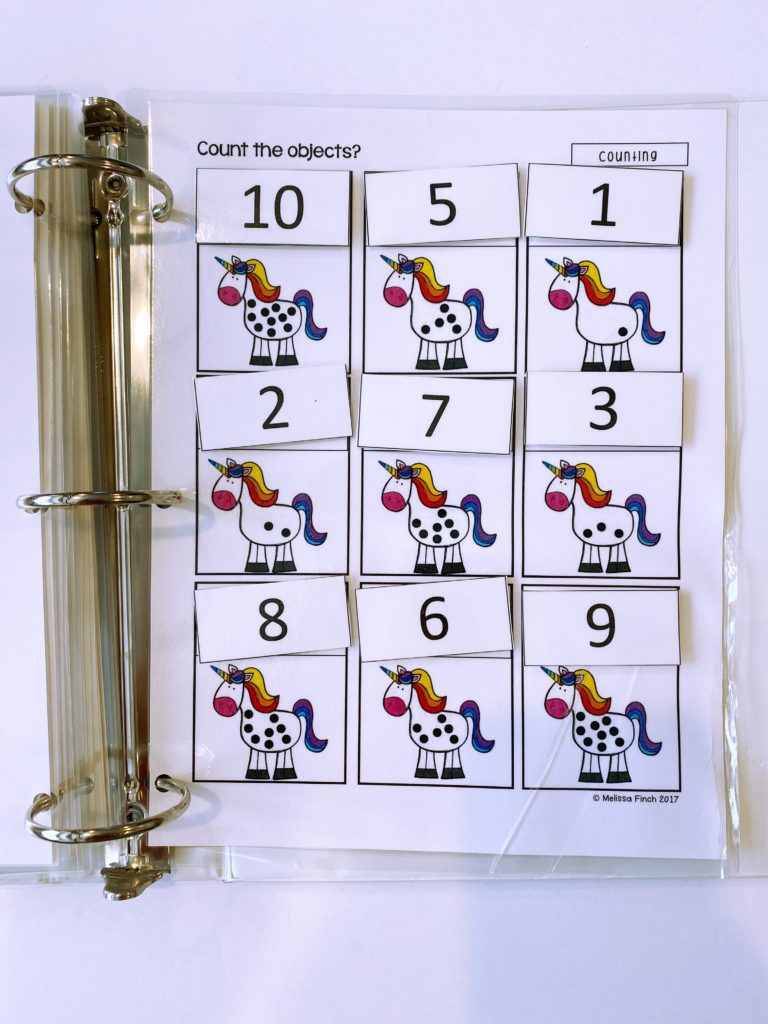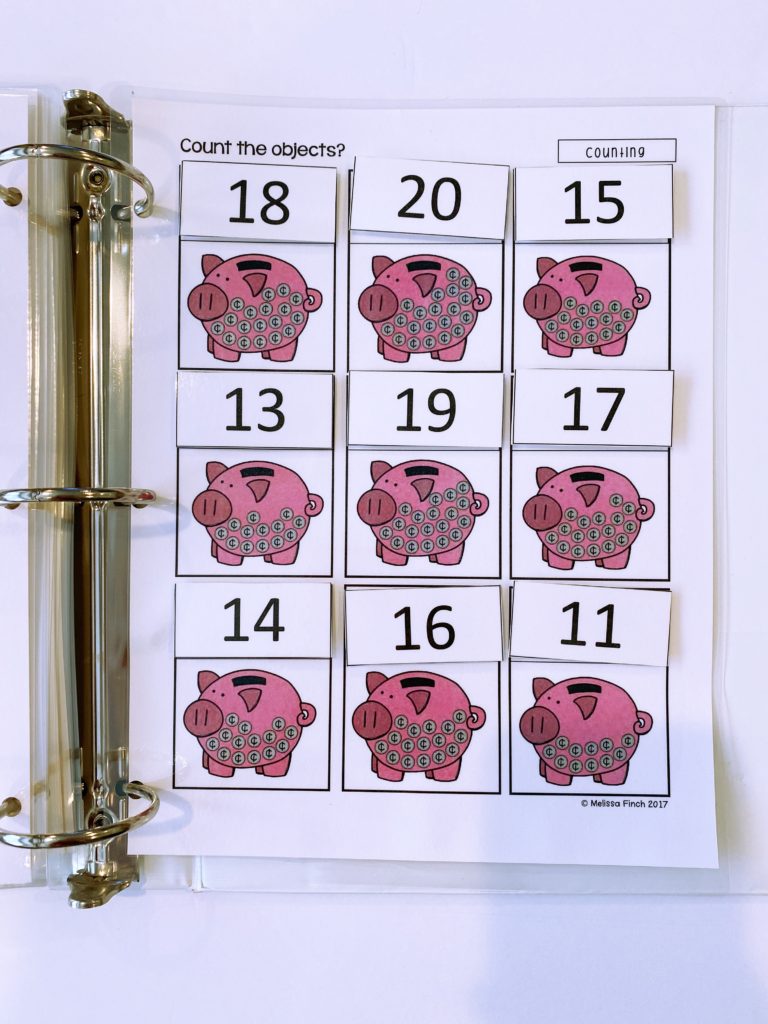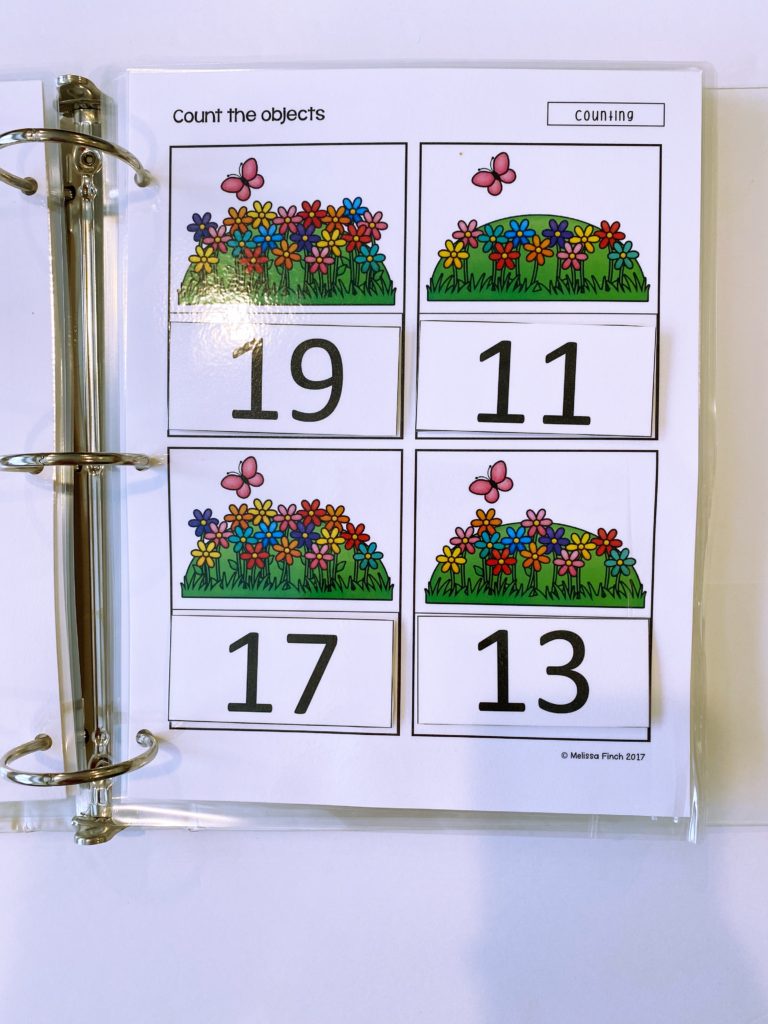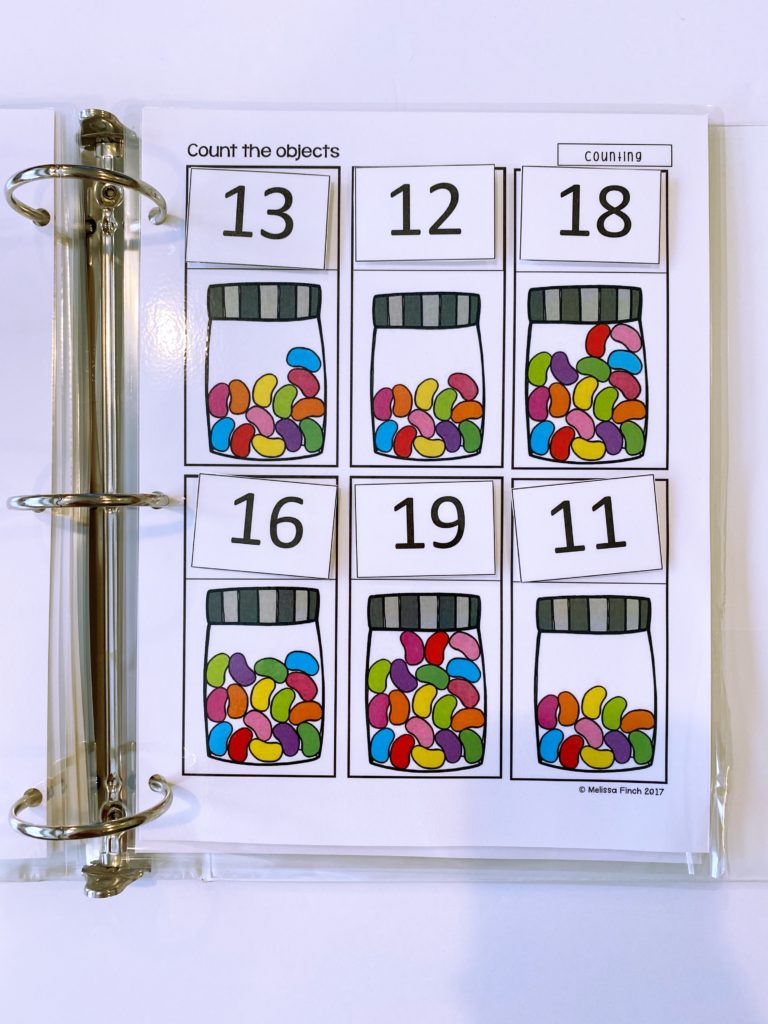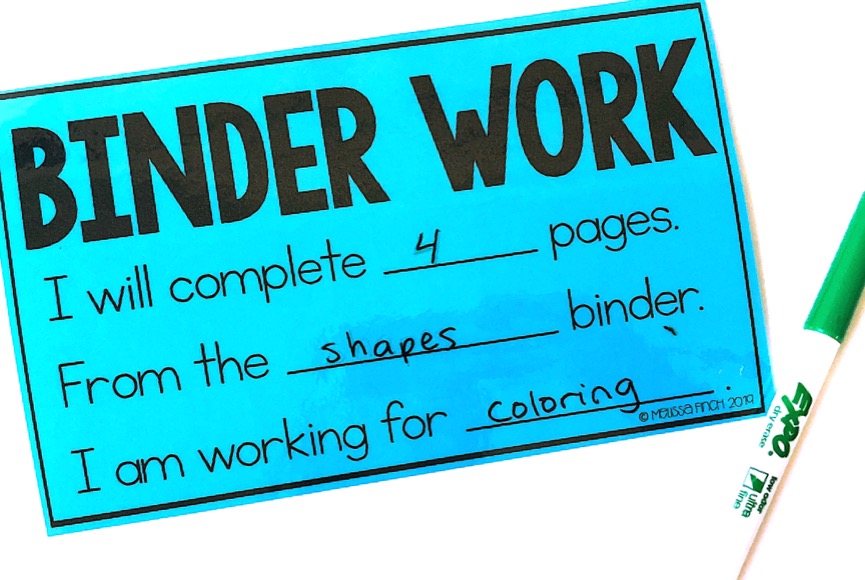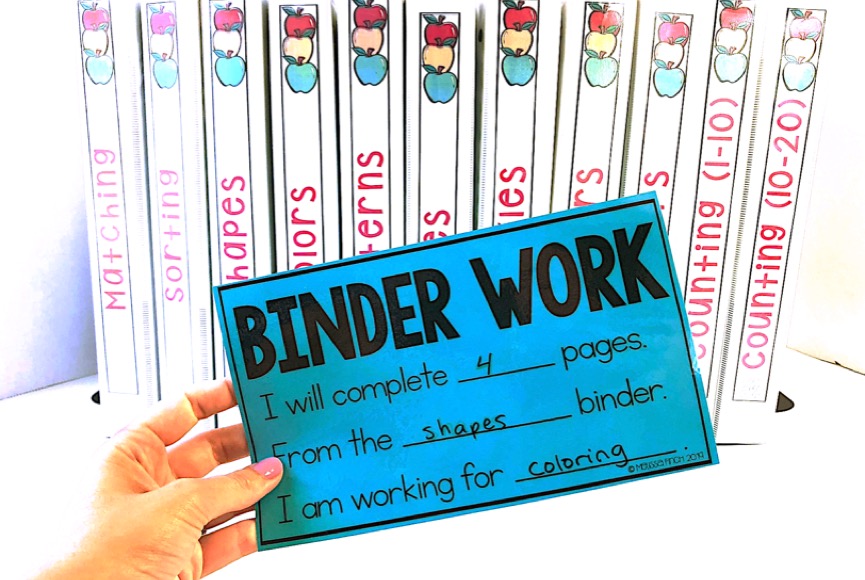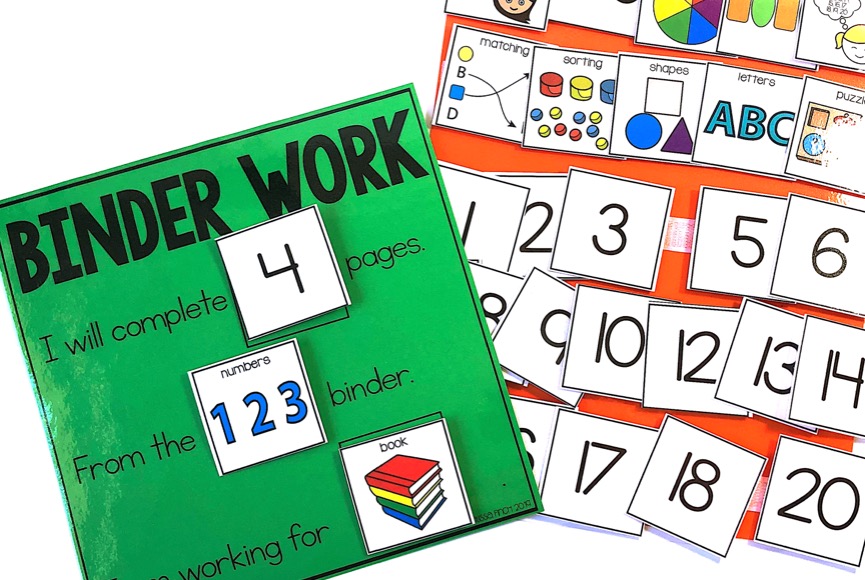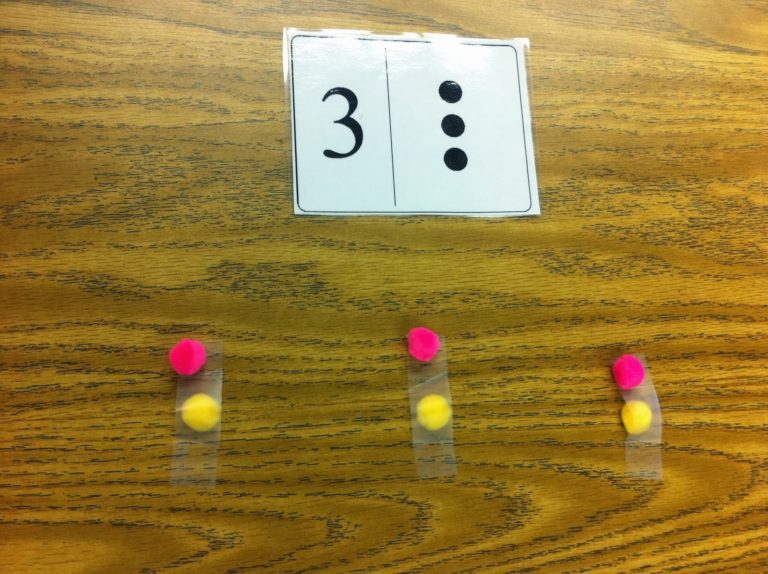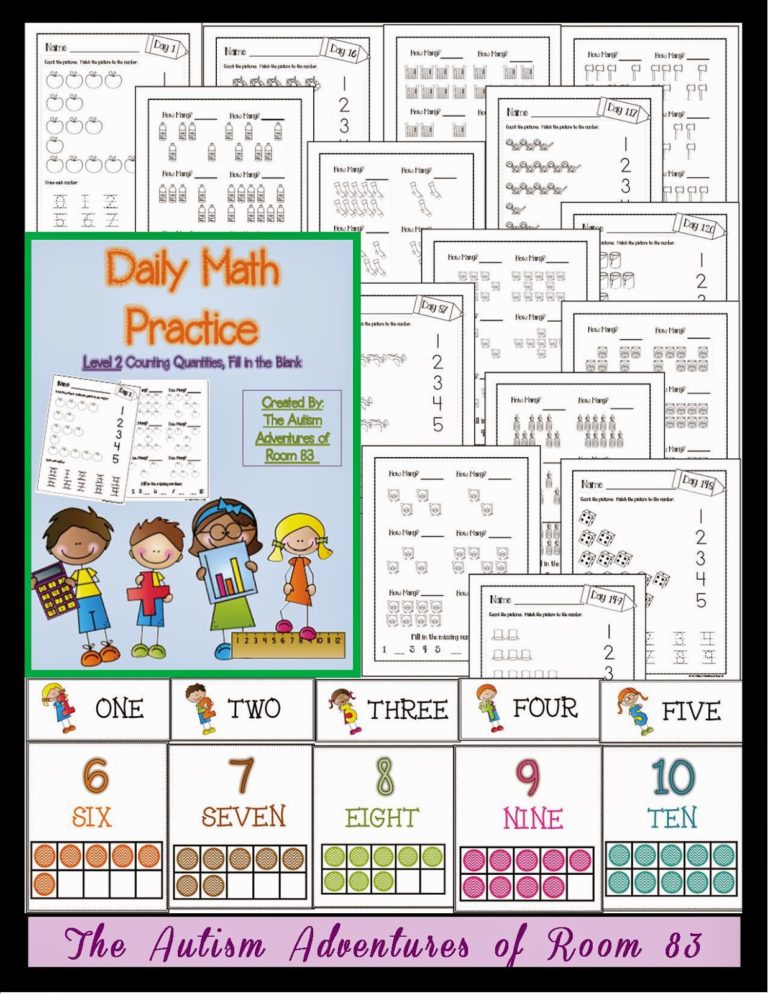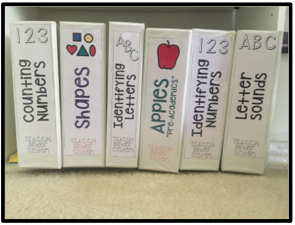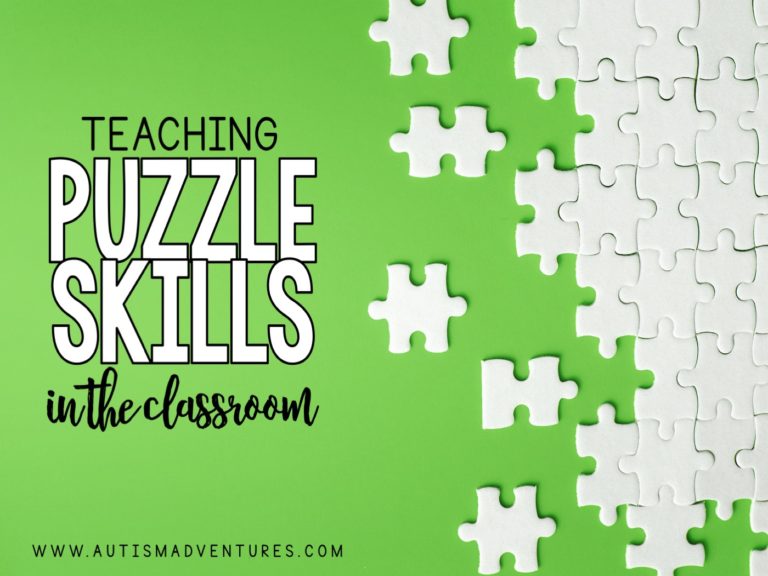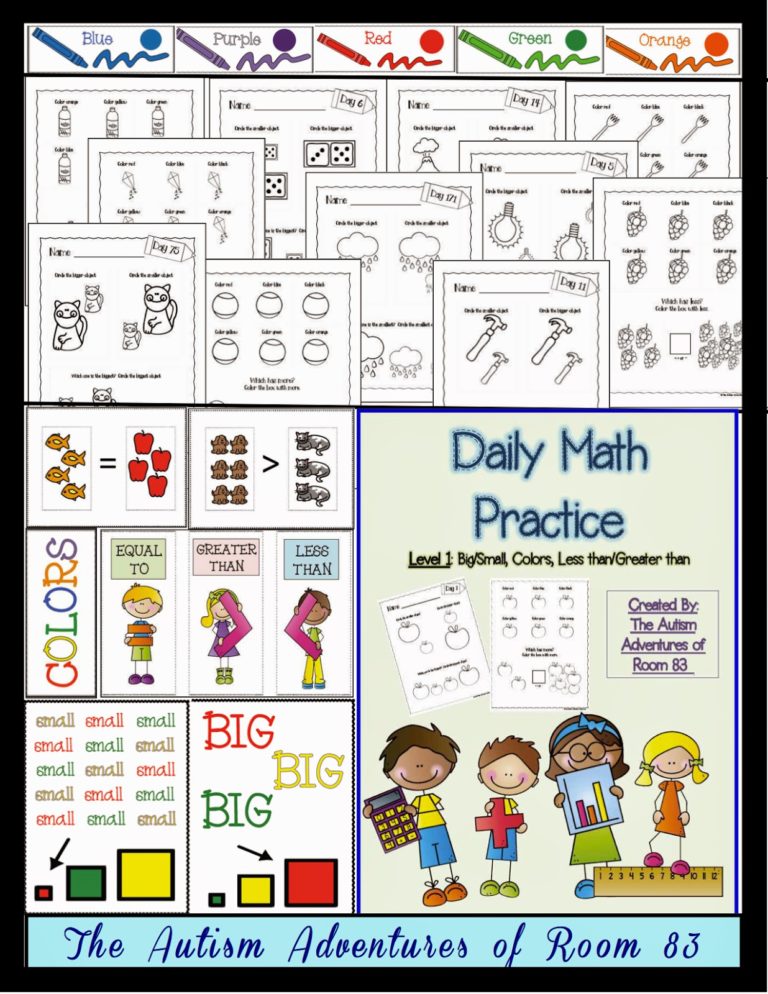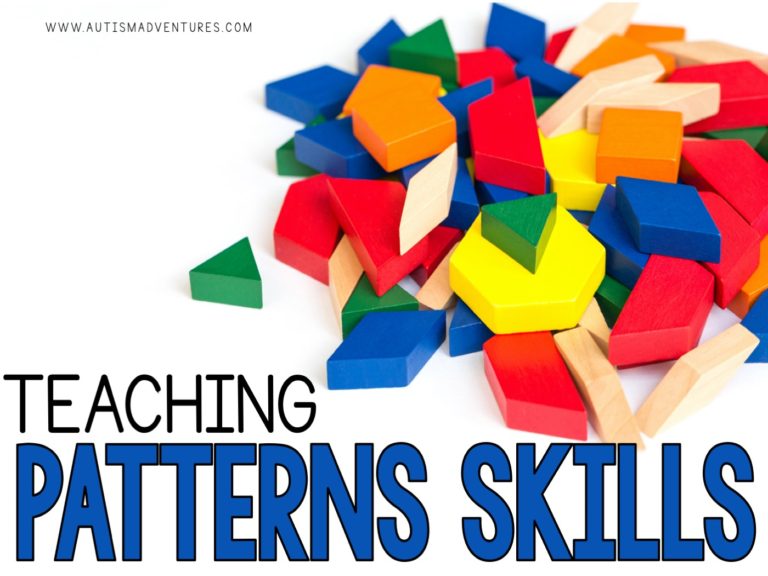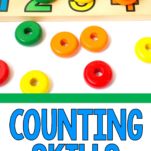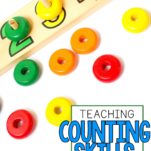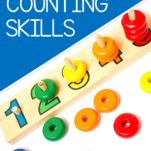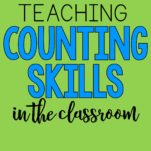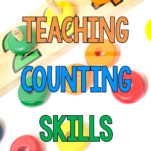Teaching Counting Skills in the Classroom
Teaching basic skills is so important in any classroom. Teaching basic skills can be fun, hands on and educational all at the same time. Today’s blog post I am going to be talking all about counting skills in the classroom, and why these skills are a crucial basic skill for students.
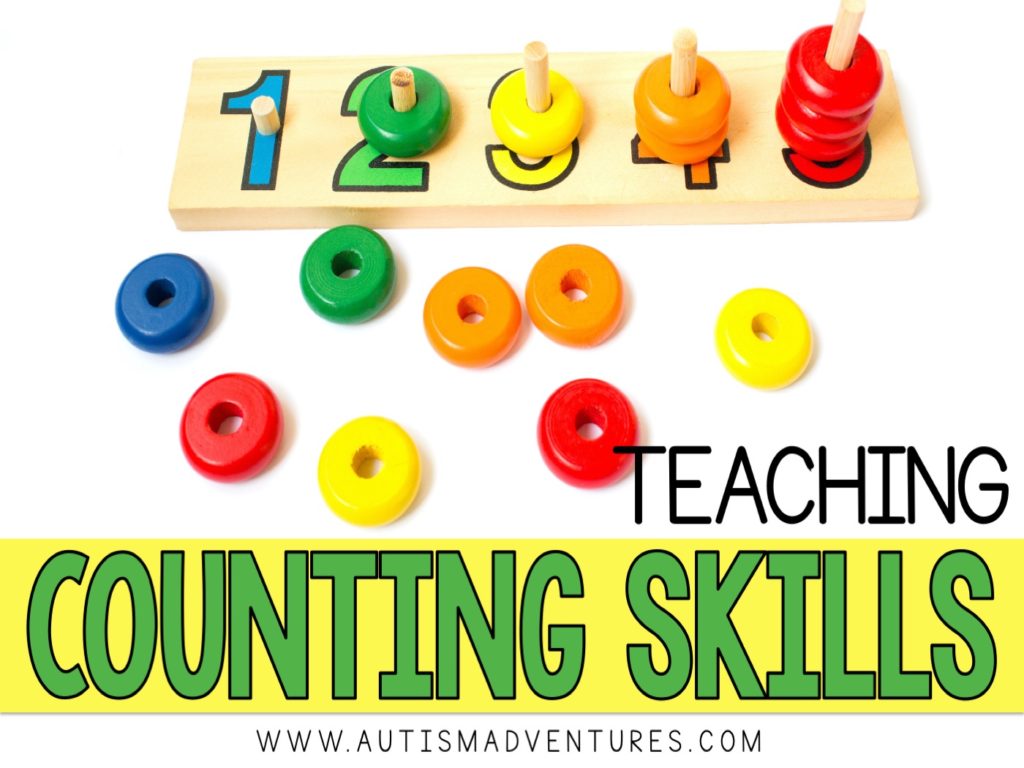
* This post may contain affiliate links. This means that if you click and end up purchasing, you pay no extra cost, but I earn a small fee for referring you.
Benefits of Mastering Counting Skills
One of the first things that young children learn to do is to count. Typically, parents just naturally model counting for children when they are just toddlers, so many children enter school with a pretty good understanding of rote counting.
Counting provides the foundation for much of what children learn about place value – ones, tens, hundreds, etc. Counting also makes addition and subtraction easier and when children learn to count by 2s or 5s or 10s, that is a precursor for multiplication.
How Counting Skills Lead to Real-World Learning
We use counting in everyday life, often without even thinking about it. If we pay for an item with cash, we count money, hand it to the cashier, and then we count the change. We count when we tell time, and any time that we need to know how many of something that we have. Counting is used in most aspects of our every day lives in the real world.
Activities to Build Counting Skills in the Classroom
There are several concepts that children learn as they master counting, and teachers and parents can strengthen students’ understanding of counting by reinforcing these concepts.
One-to-one correspondence:
When children learn one-to-one correspondence, that means that each object is assigned one number name. So, when a child picks up one toy and puts it in the toy box and says, “one,” then puts another in the toy box and says, “two,” she is demonstrating one-to-one correspondence.
Stable order:
When children count the same way every time, they are showing they understand that there is a stable order to counting. In other words, they count “1, 2, 3, 4, 5…” each time, without varying.
Order-irrelevance:
When children understand that the order of objects is irrelevant, that they will come up with the accurate number of objects regardless of which order they place the objects, they understand the order-irrelevance rule. For example, a child might line up 7 pencils, and some are yellow and some are red. A child that understands order-irrelevance knows that he can count the yellow ones first or count the red ones first or mix them up and count them – he will end up with the correct number regardless.
Cardinality:
Children who have an understanding of cardinality know that when they are counting, the last number that they say tells how many objects there are.
Teacher Tips
The very best strategy for teaching children how to count is to count ALL the time – literally count everything! Count the number of buttons on a shirt, the number of kids in line, the number of doors you walk past in the hallway, the number of times you can bounce a ball, the number of jumping jacks you can do. Many teachers keep a count of how many days of school there have been, and they count the days of the month on the calendar. As children move further along in school, they should be counting backwards, then counting by other numbers – 2s, 5s, and 10s in particular. Skip counting like that is related to patterns, and when children are able to count by 5s and 10s, they learn to count coins easily.
Teachers should also focus on teaching children how to count on and count back. Counting on involves giving children a number to start on and then count from there. For example, “Let’s count, but start with the number 6.” Then children should say, “6, 7, 8,…” Counting back involves giving children a number and then having them count backwards. Using the same example of starting with 6, children should then say, “6, 5, 4, 3…”
Center Activities
There are many center activities that students could do to improve their counting skills. Provide children with a “junk box” – a shoebox with sets of random items. Children can sort the items and count the sets. It is so easy to create a “junk box” for activities like this – clean out your junk drawer at home, the console in your car, and shop at garage sales. You might also give children numbered paper cups and have them put the appropriate number of items in each cup. Having children “check” each other’s work provides extra practice in counting.
Of course, children enjoy nursery rhymes and songs that involve counting, as well as counting books. A quick internet search for nursery rhymes with counting (One, two, buckle my shoe!) and counting books will provide you with more resources than you can imagine. Also, YouTube has many, many counting songs. Why not create a playlist of counting songs and play that as children are entering the classroom each day?
Counting Binder Tasks
I am a huge believer in binder tasks and file folder activities in the classroom. They may require a lot of prep in the beginning, but offer so many benefits for years to come.
This Binder Work System focuses on counting tasks! here are 68 interactive pages that can be used to practice counting up to 10. There are 48 interactive pages that can be used to practice counting to 20. A wide variety of counting activities are included to meet the needs of all of your students! All of these binder task activities are non-seasonal, meaning they can be used year round!
This bundle includes counting tasks…
The Binder work system is great for early childhood programs, special education programs or autism classrooms/programs. The Binder Work system was designed to create a systematic routine system for students to work independently on already mastered skills that they learn at the math, reading, and writing centers/classes. This can be an every day work center/rotation within your classroom that requires no planning. To learn more about organizing and storing binder tasks, read this blog post HERE.
If you are looking for some free binder task visuals, click on the images below or read this old blog post HERE.
This product can be used 3 different ways:
- Print, laminate and assemble in binders for reusable interactive work tasks
- Assemble into file folder activities
- Print and use as cut and paste worksheets for extra practice/fillers
Counting Activities and Games
Below are some great games to practice counting in the classroom! These are all available on Amazon and most are also available at common places like teacher supply stores, Target and Walmart!
In Summary
Counting is a fundamental skill that provides the foundation for learning in many different areas. Not only do children develop many pre-academic skills, counting activities are just fun!
Like what you read? Don’t forget it, PIN IT!
